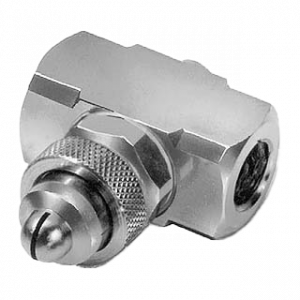
Home » Applications » Spray Drying

Spray drying is used by many industries to quickly and inexpensively transform food products, chemicals, and other products into dried powders. Powder is preferable because it has drastically reduced weight and increased storage life. Spray drying can be accomplished across a range of powder production rates, from a few pounds per hour to over 100 tons per hour.
The basic process is to first concentrate the feed stock in a liquid form, atomize it at high pressure to create small droplets consisting of liquid and particles, then allow a hot gas to evaporate the liquid away leaving only the dry particulate. The sprayed media feed stock can be a solution, slurry, paste, gel, suspension or a melt, as long as it has a solid component and a liquid component to carry the solids through the piping and then evaporate in the drying chamber. Any liquid that can be pumped can be spray dried, including feed stocks that are abrasive, corrosive, flammable, explosive, or toxic. Since the uses vary so much, a wide array of atomizers must be considered.
The function of a spray nozzle in a spray dry system is to control the feed stock flow rate and uniformly distribute atomized droplets/particles into the heated drying chamber. Spray dry nozzles typically operate at higher pressures or utilize air-atomizing techniques to produce droplets in the 30 – 120 micron range. This maximizes the surface area to volume of the particles, allowing them to dry much quicker than other drying methods. In many dryers, evaporation is 95% complete within seconds.
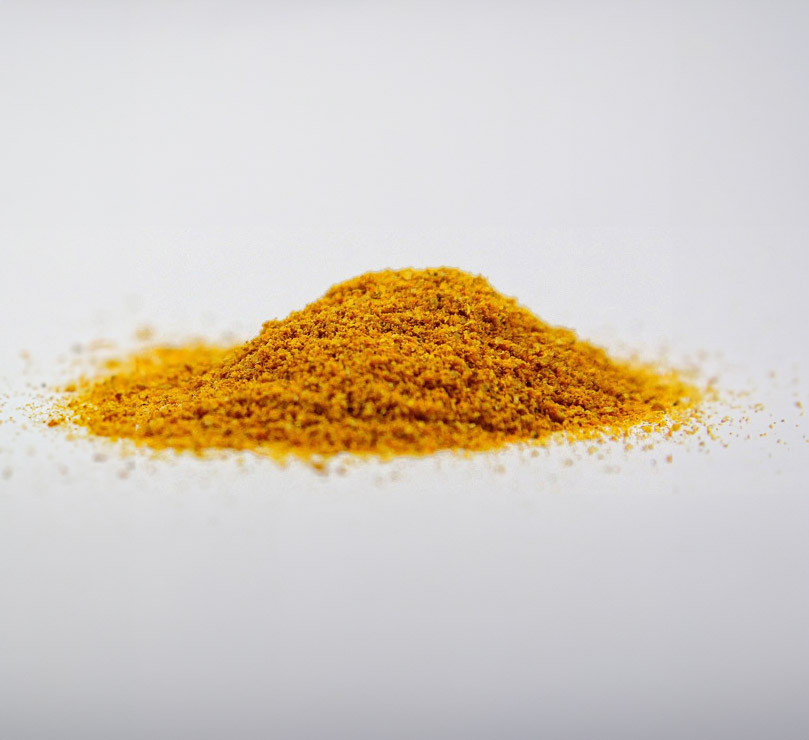
Specific spray dryer requirements and operating conditions can vary widely across the industry:
BETE produces a variety of hydraulic and air-atomizing nozzle types, features, and materials to fit your spray drying applications requirements. Consistent performance and quality allow for the production of high quality products through constant particles sizes with even moisture content. High strength, wear resistant, and high temperature material options allow for long service life and safe operation within the high pressure, high temperature, and abrasive applications found in the spray drying industry.


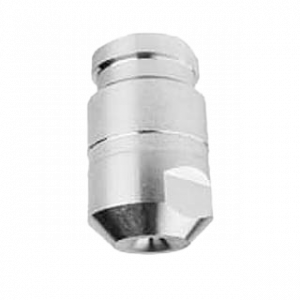
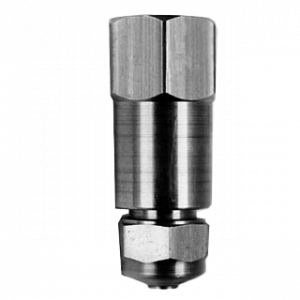
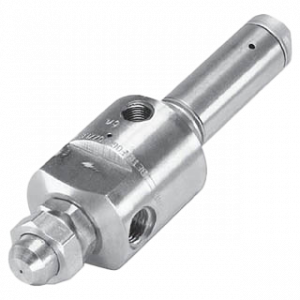
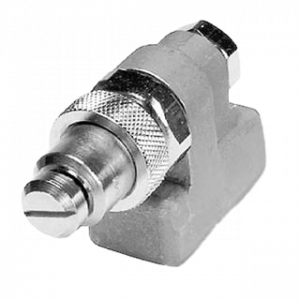

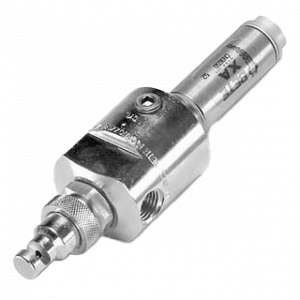

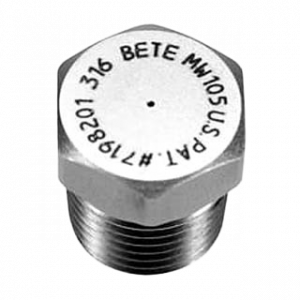
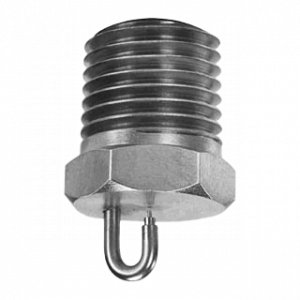
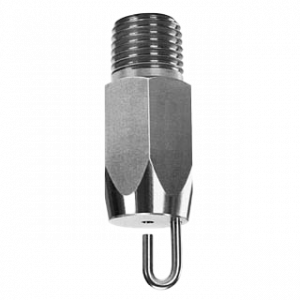
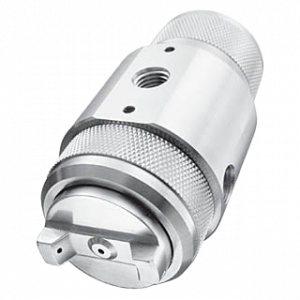
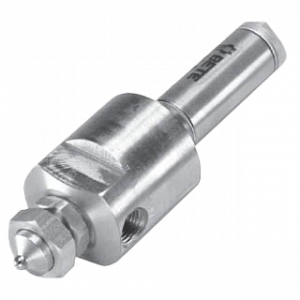
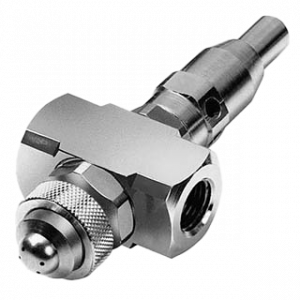
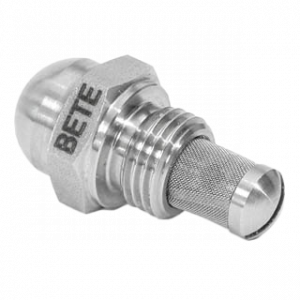

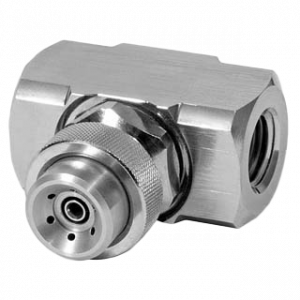



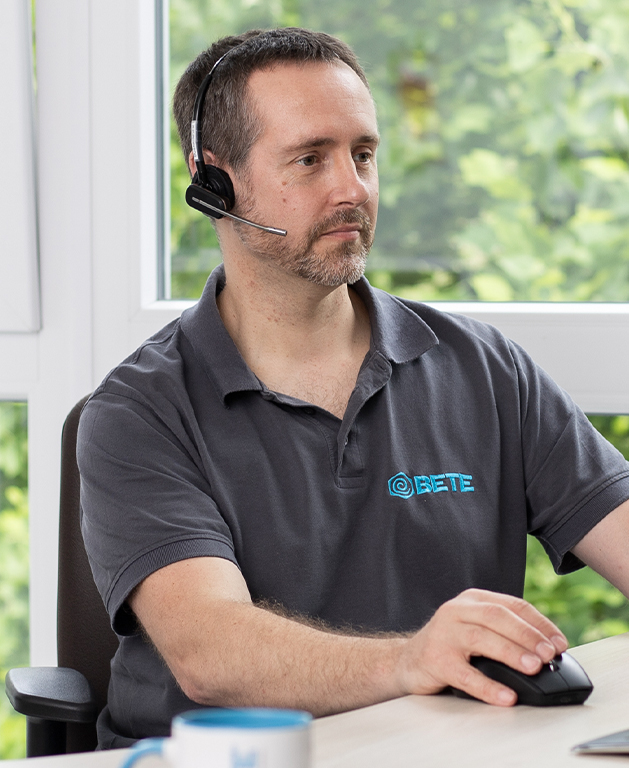

Make an appointment for a 15-minute technical consultation about Microsoft Teams with our spraying specialists!

BETE Deutschland GmbH
Dr.-C.-Otto-Straße 190
44879 Bochum
+49 234.93 61 07-0
info@bete.de
Pneumatic atomization nozzles
Tank cleaning nozzles
Air nozzles
TurboMix™

Fill out the form below and make an appointment for a 15-minute technical consultation via Microsoft Teams with our spray specialists!